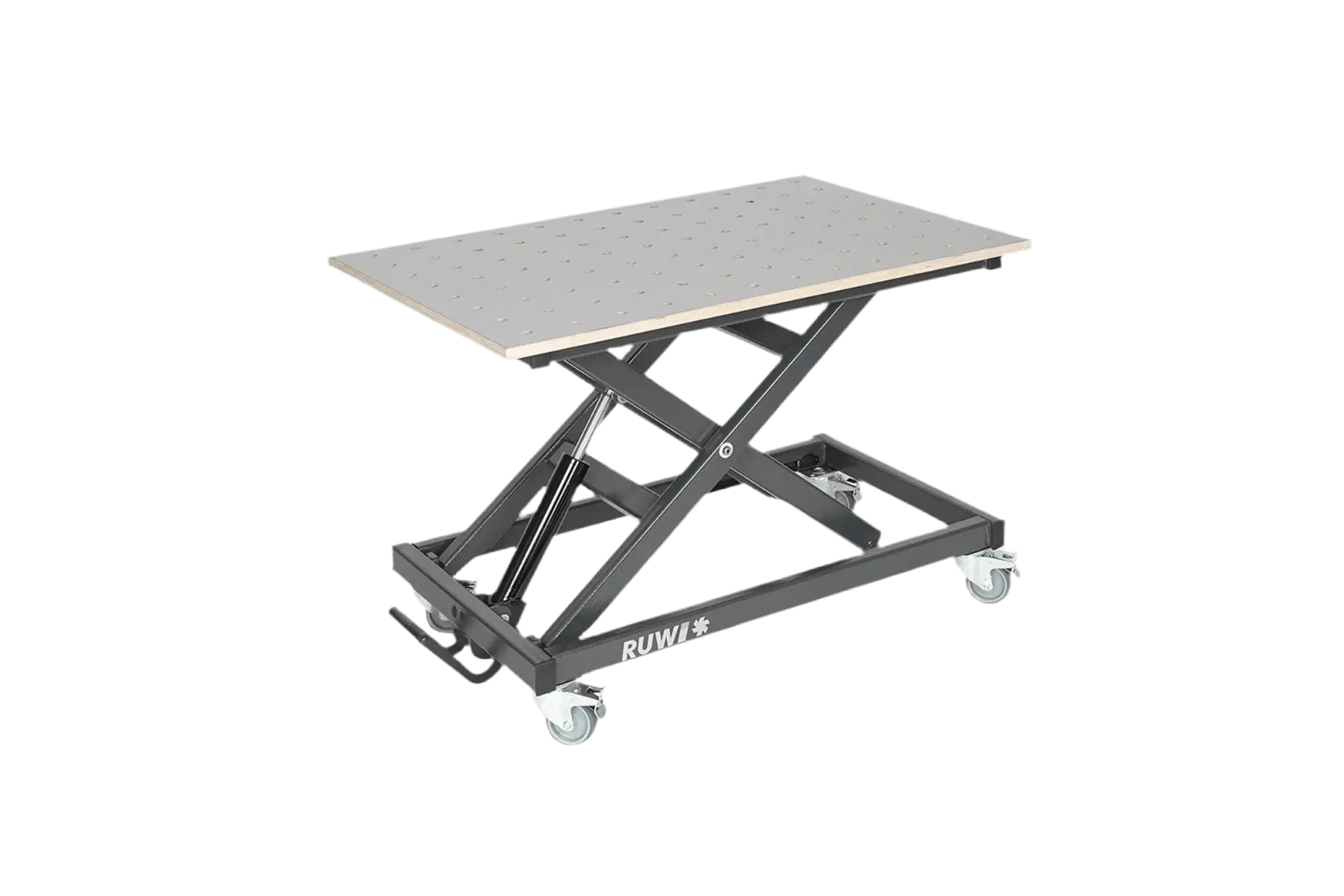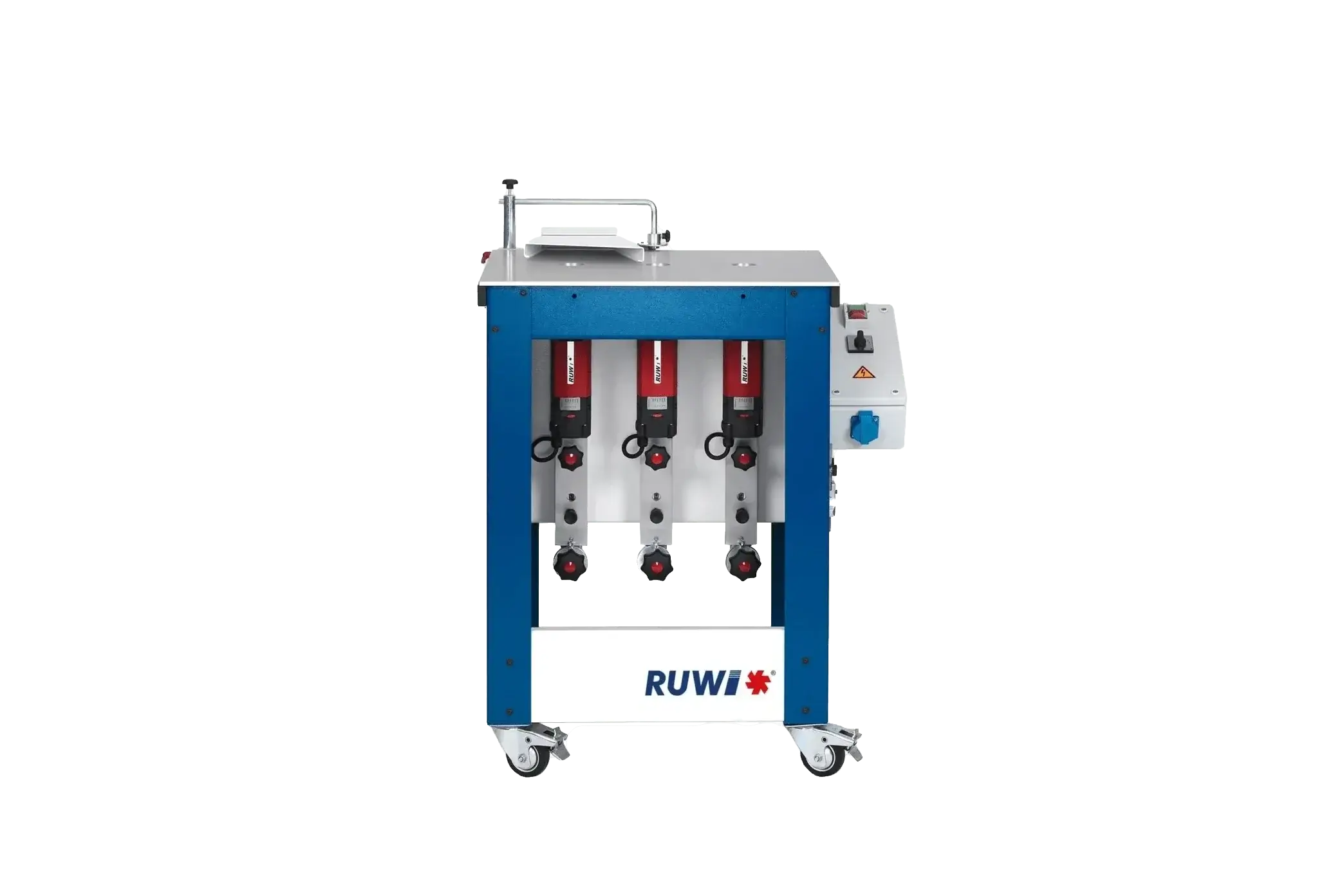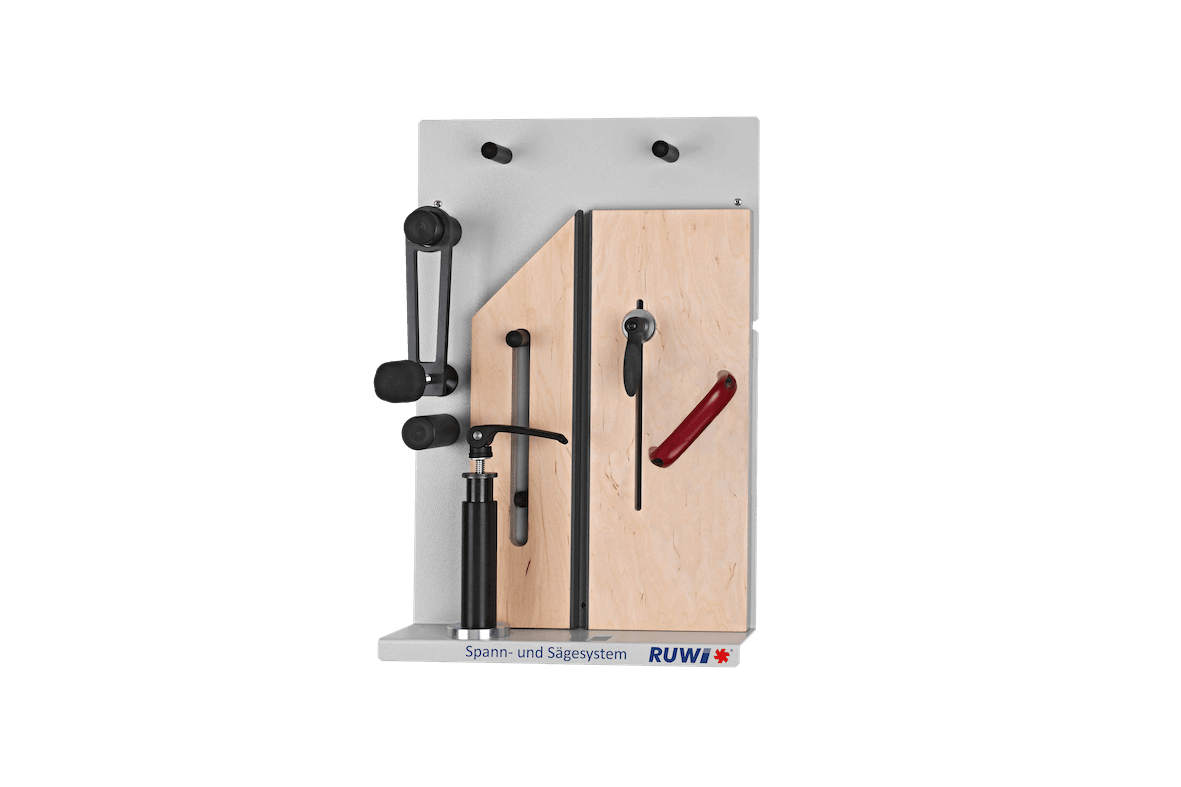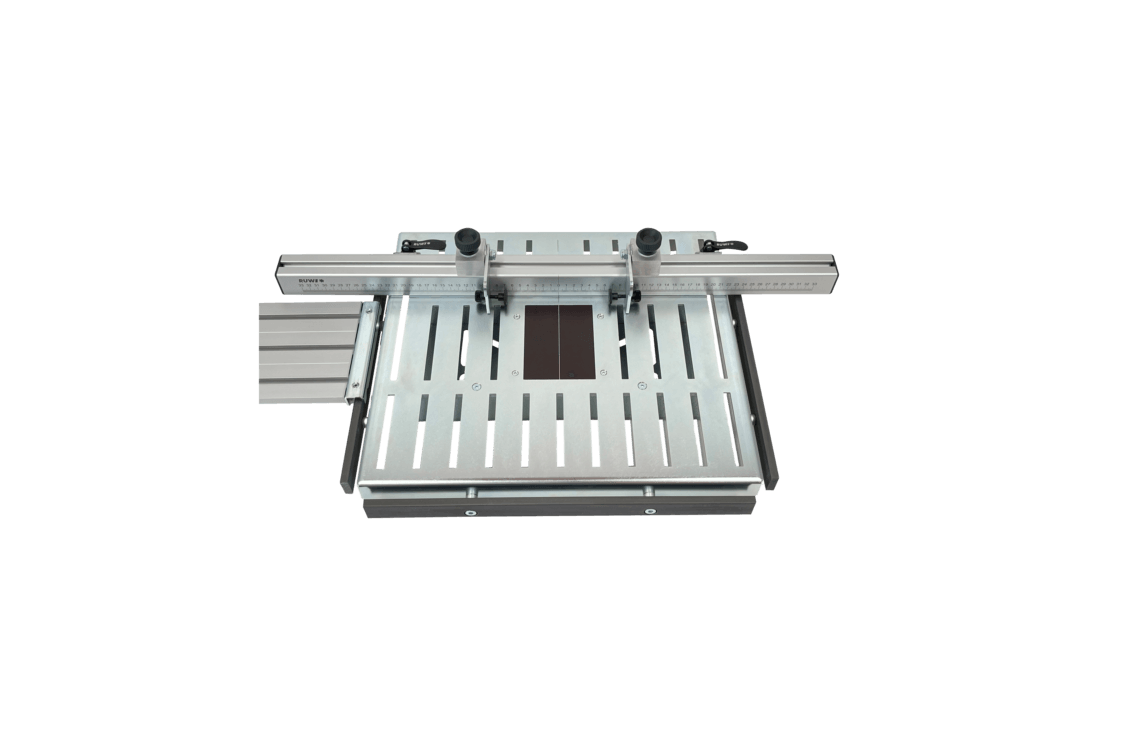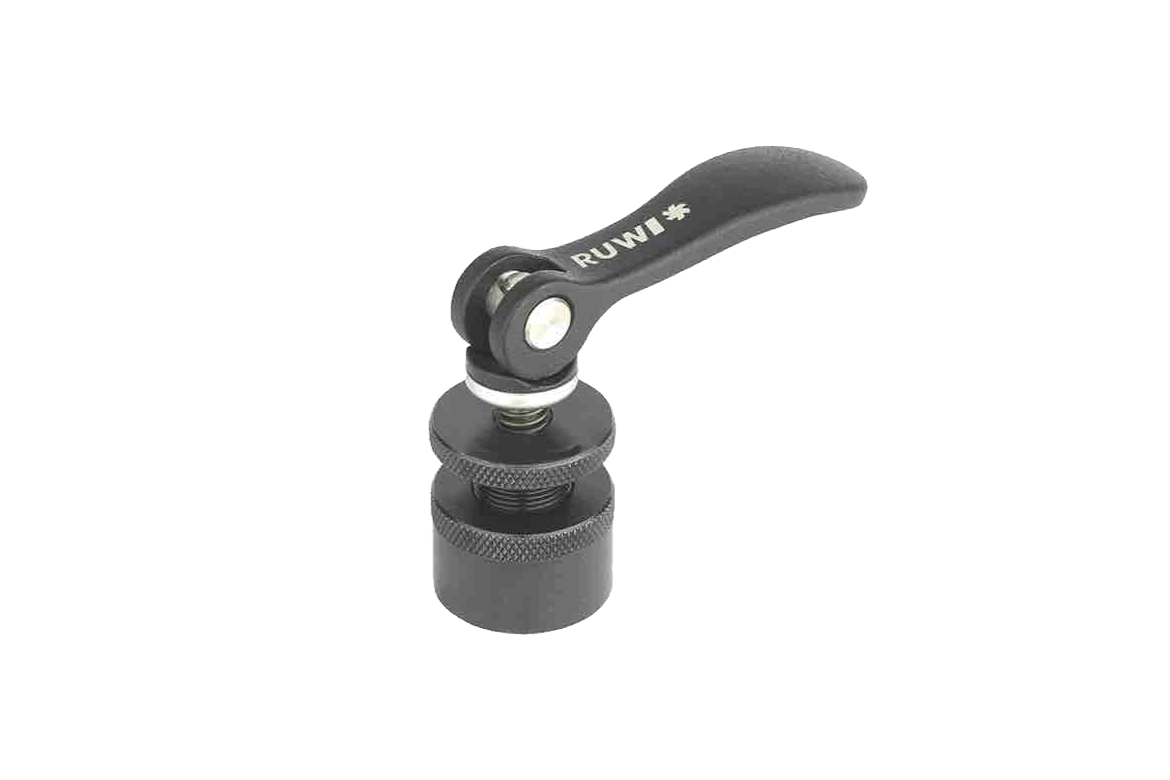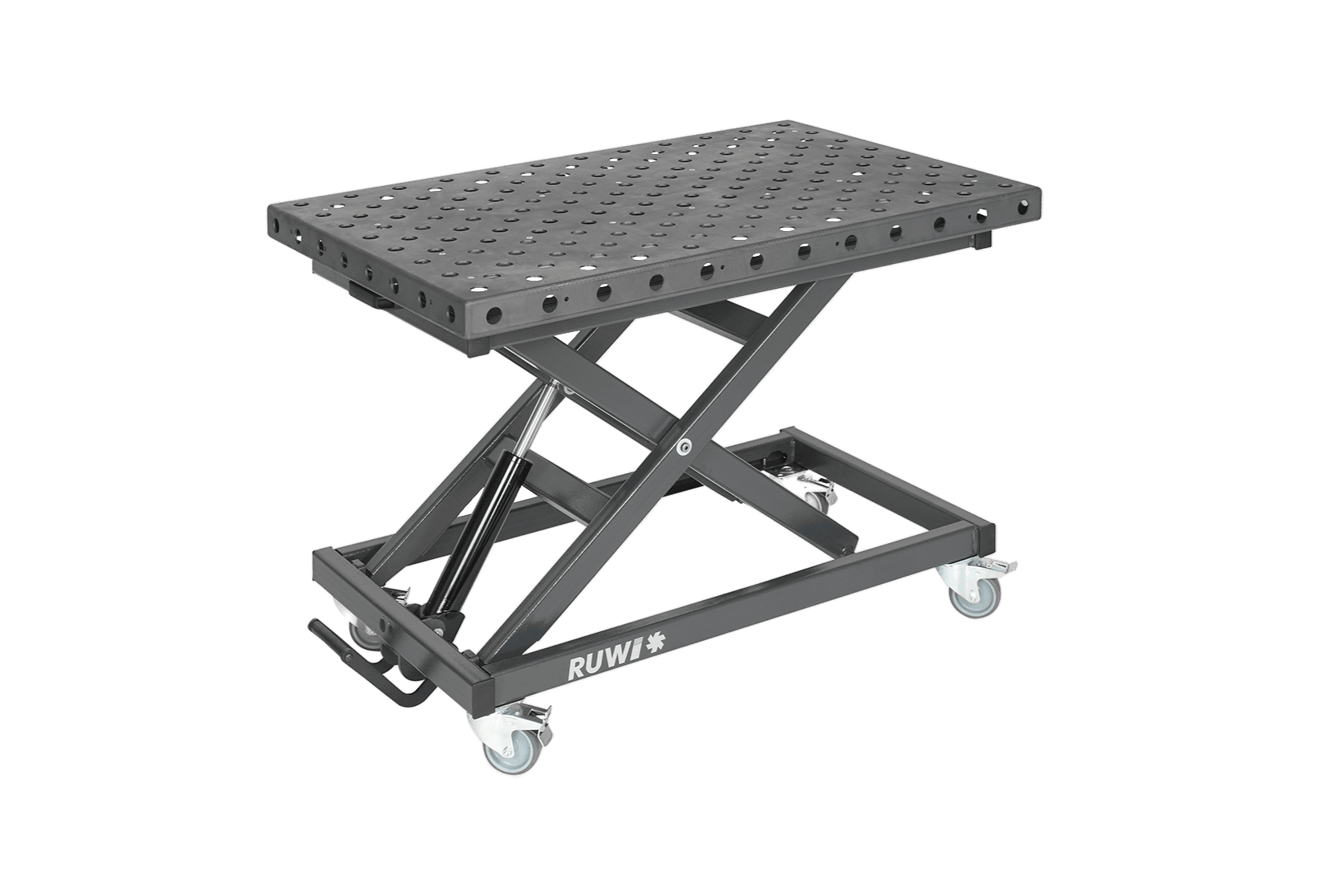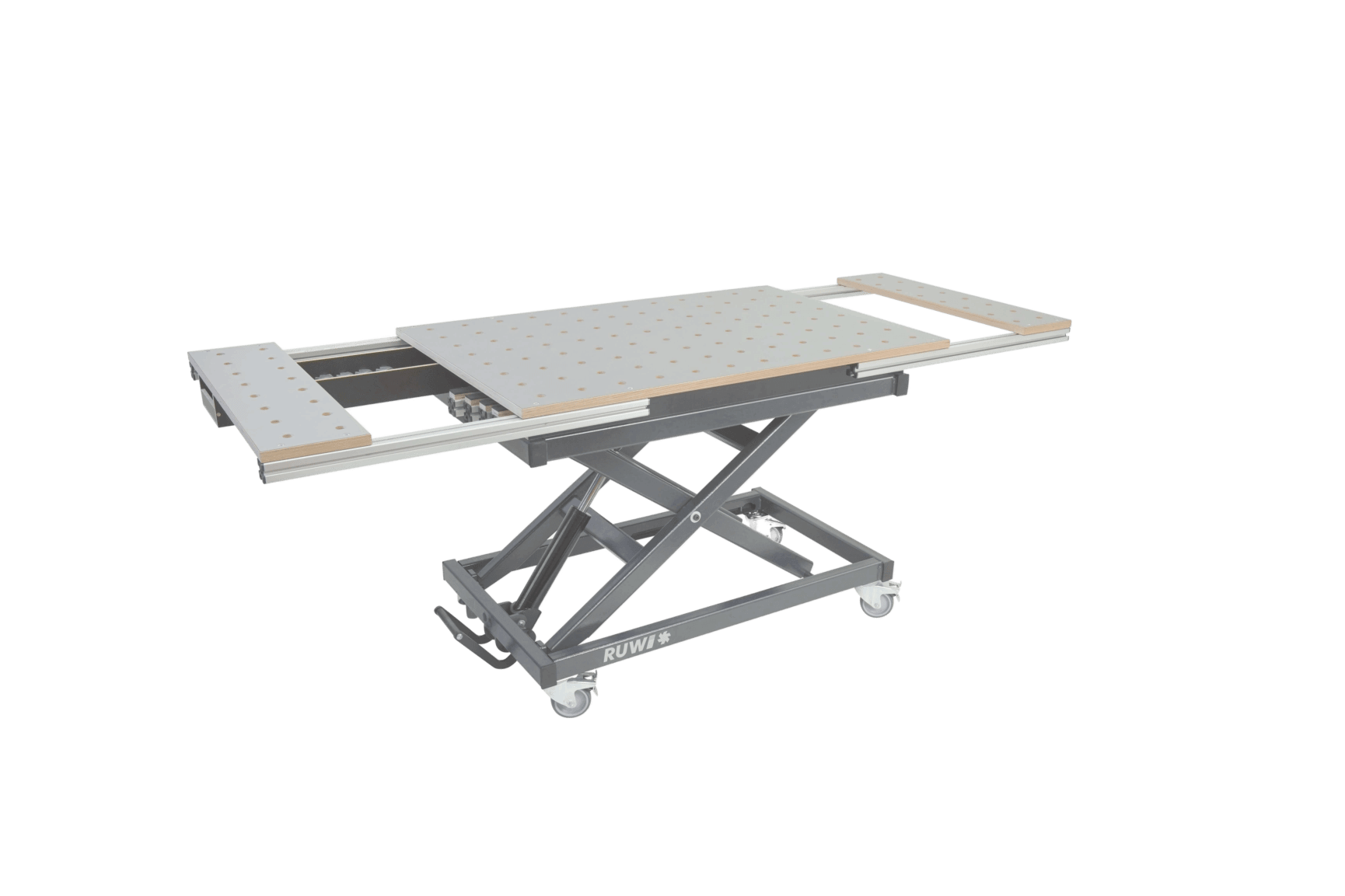Milling processes in woodworking
Where there's planing, there's shavings - this also applies to the "successor" to the classic planer, today's often computer-controlled milling machine. With modern milling tools, you can carry out a variety of processing operations that allow you to achieve a high level of flexibility and precision in woodworking.
What are milling processes and which method is best suited to your purpose? In this article, we explain which milling methods you can use to achieve high-quality results when milling and give you an overview of the milling techniques used in woodworking. You will also learn about the advantages and disadvantages of each milling method and what you should look out for before deciding on a milling method.
Table of contents
- Definition of
- Overview of milling processes
- Subdivision
- Milling processes in woodworking
- Milling process according to running direction
- What is the difference between milling processes?
- Milling process advantages and disadvantages
- FAQ
Definition: What are milling processes?
"Milling process" refers to a cutting technology in which material is removed from the workpiece by the circular movement of a milling cutter. It can be used to process wood, metal and plastic. In woodworking, milling tools are used in furniture and interior design or window construction to achieve functional and decorative effects with the help of special milling inserts. Only a targeted selection of milling processes and milling inserts will ensure a high-quality result.
Overview: What milling methods are available?
The choice of milling method depends on the requirements of your project. These milling methods can be used to machine workpieces on milling machines:
- CNC milling
- Profile milling
- Face milling
- Shape milling
- Round milling
- 3D milling
- Face milling
- Screw milling
Tip: The RUWI router table (a mobile table milling machine) offers you a semi-stationary system that combines precise milling work on a stable work table with great flexibility.

How are milling processes categorized?
The material, intended use and shape play a role in the processing of a workpiece. These parameters help you to find the right milling process:
Simple, cylindrical and flat surfaces:
- Face milling for flat surfaces and steps, straight feed
- Circular milling for cylindrical surfaces (e.g. round tenons, internal or external roundings)
Milling profiles:
- Profile milling with a special profile milling tool that gives your workpiece a contour in a single pass
Curved surfaces, preferably in mold making:
- Shape milling using controlled feed motion for complex, spatial structures (e.g. NC shape milling, post-molding milling)
Highly productive and efficient:
- CNC milling and 3D milling are fast, versatile and precise, especially for demanding shapes or series parts
Overview: Milling processes in woodworking
Companies in the woodworking industry expect efficient and precise results from milling machines. Each milling process is geared towards specific machining processes in order to produce workpieces economically.
CNC milling
Computer-controlled routers with high-speed spindles and many tool positions. Ideal for furniture construction or other woodworking companies that benefit from its versatility and speed.
Round milling
Special milling heads can be used to produce round tenons or cylindrical shapes. They can also be used to trim round saw cut-outs.
Shape milling
Shape milling is suitable for complex, spatial designs or profiling. It is usually carried out on CNC machines in order to achieve high precision.
Screw milling
The milling of screws, threads or spindles using suitable thread milling cutters (e.g. multi-range or drilling thread milling cutters). In the wood sector, tine cutters are often used to produce stable tine joints.
Face milling
Face milling is the most important milling process across all industries for producing smooth, flat surfaces. Users most frequently use milling heads with a 45° setting angle, which enables low vibrations with good productivity.
Face milling
For large-area material removal. This enables smooth surfaces of homogeneous quality to be achieved. There is a wide range of tools with different setting angles.
Profile milling
Many decorative millings in the furniture industry are produced with profile milling machines. Roundings, grooves or other decorations on slats and fronts are typical applications. Usual radii are between 4 and 18 mm.
3D milling
Nowadays, 3D milling machines are also affordable for small companies. They allow a wide variety of shapes and automated processes, especially when it comes to shape milling. You can use them to realize even the most unusual customer requests.
Milling process according to running direction
The milling direction is defined by the feed direction and the direction of rotation of the tool. This is relevant in woodworking because milling should take place in the direction of the wood fibers as far as possible. A distinction is made:
Up-cut milling
The feed runs in the opposite direction to the direction of rotation of the milling cutter. This increases the chip thickness. This can increase heat and friction and lead to vibrations - especially with thin workpieces. Therefore, adjust the feed speed and rotational speed precisely.
Synchronized milling
The direction of rotation of the milling cutter and the feed rate are the same. The milling cutter "pulls" through the material and creates a polishing effect, but can be more difficult to guide. Higher risk of accidents and in some environments synchronized milling is not permitted at all.

What is the difference between milling processes?
Each milling process is optimized for a specific application: Whether you want to create profiles, steps, surfaces or threads, each process uses different milling heads and settings. The decisive factors are the milling cutter position, pressure arc, pressure angle and the choice between climb milling or up-cut milling. Combined with CNC systems, very precise and diverse machining is possible.
Milling process - advantages and disadvantages
When selecting a milling process, it is important to find the ideal balance between cost-effectiveness and processing quality. Unlike in metalworking, wood milling does not involve cooling with liquid. This is important for hardwoods so that the tool or workpiece do not become too hot and cause damage. Therefore, think about a coordinated combination of feed rate, speed and cutter diameter.
Whether climb milling or up-cut milling depends on your experience: Up-cut milling is safer, but puts more strain on the milling cutter and workpiece. Up-cut milling is gentler on the material, but requires more experience and a precisely adjusted machine setting.
FAQ
What is the classification of milling processes?
They are usually categorized according to:
- Type of material processing (e.g. face milling, circular milling)
- Feed and running direction (up-cut milling, climb milling)
Milling processes are often also classified according to milling machines, milling tools and materials.
What milling methods are available?
The most common processes include CNC milling, profile milling, face milling, form milling, circular milling, 3D milling, face milling and screw milling.


